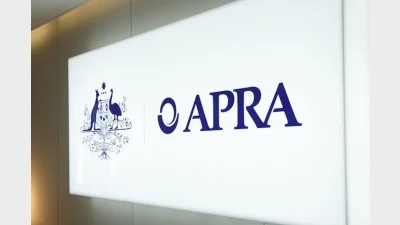Staff and members rort GESB
Western Australia’s largest superannuation fund, the Government Employees Superannuation Board (GESB), has been the victim of a rort to the tune of $6 million, perpetrated by 15 staff members.
The West Australian newspaper reported that it had received confirmation from GESB management that several of its staff had been forced to take leave as a result of the incident.
According to the newspaper, 15 GESB employees along with 170 members of the super fund benefited from equity market movements by exploiting a “loophole” that allowed them to advantageously shift their monies in and out of share investment funds.
In perpetrating the alleged rort the group also managed to reduce the returns of the other fund members.
As a result, GESB has been forced to compensate those members who missed out on the switching exercise from its reserves to the tune of $6.3 million.
GESB chief executive Michele Dolin told the West Australian that the board of the fund took steps to close the loophole as soon as it was brought to their attention.
She also pointed out that there did not appear to have been any collusion between the GESB staff and fund members.
The incident was reported to the Corruption and Crime Commission, the State Solicitor’s Office and the Auditor General, and is now being treated by the fund as a disciplinary matter.
Recommended for you
Super funds have recorded modest gains in September as global equity strength and an AI-driven rally lifted investment returns.
ASIC is seeing an increase in misconduct exploiting superannuation, it stated in its latest annual report.
The super sector has welcomed the government’s payday super legislation, calling it a landmark step for fairer retirement outcomes.
The regulator has ordered super trustees to strengthen oversight of platform investments after member losses from failed schemes exposed governance weaknesses.









